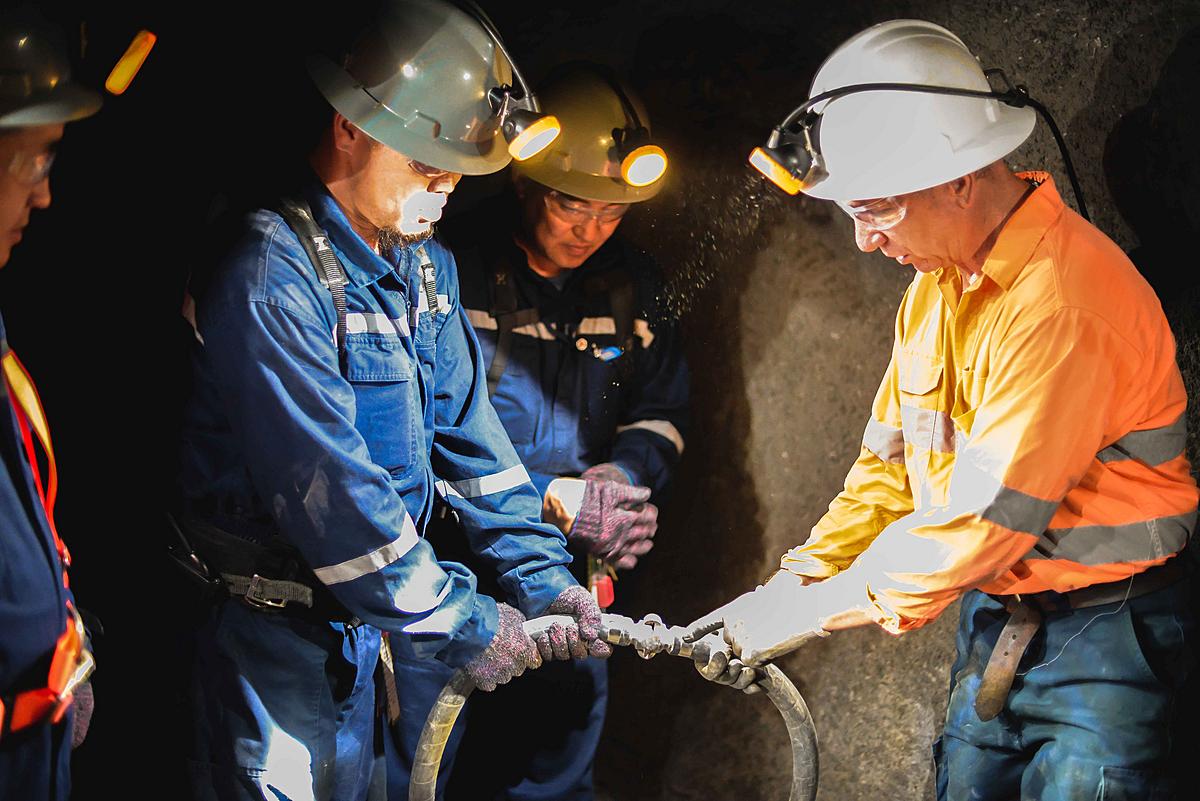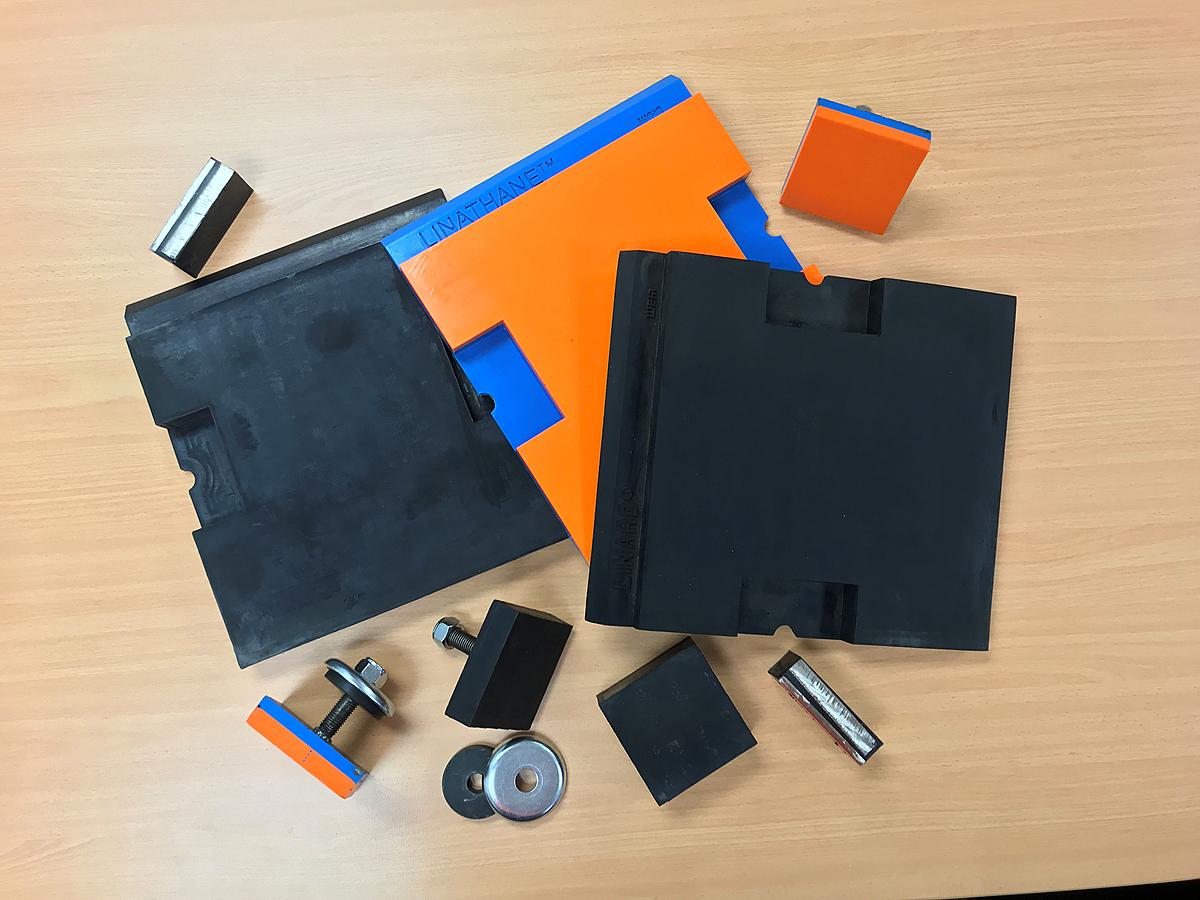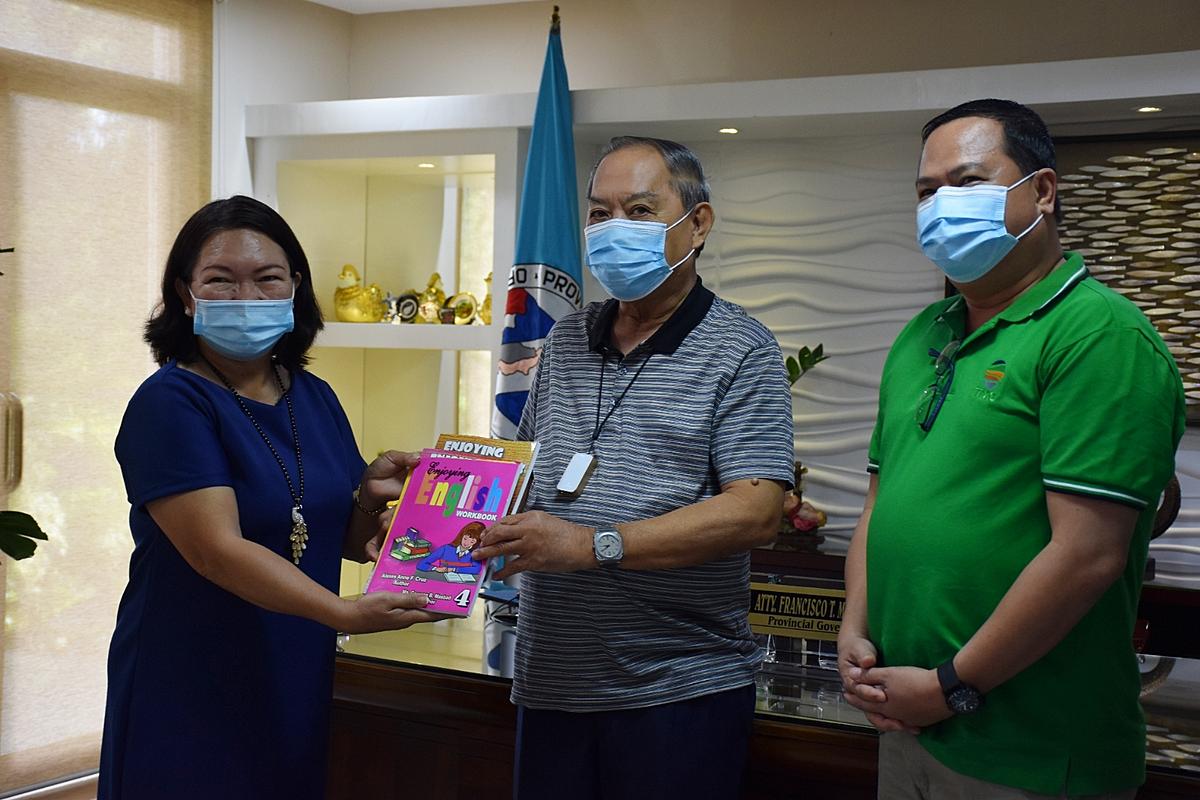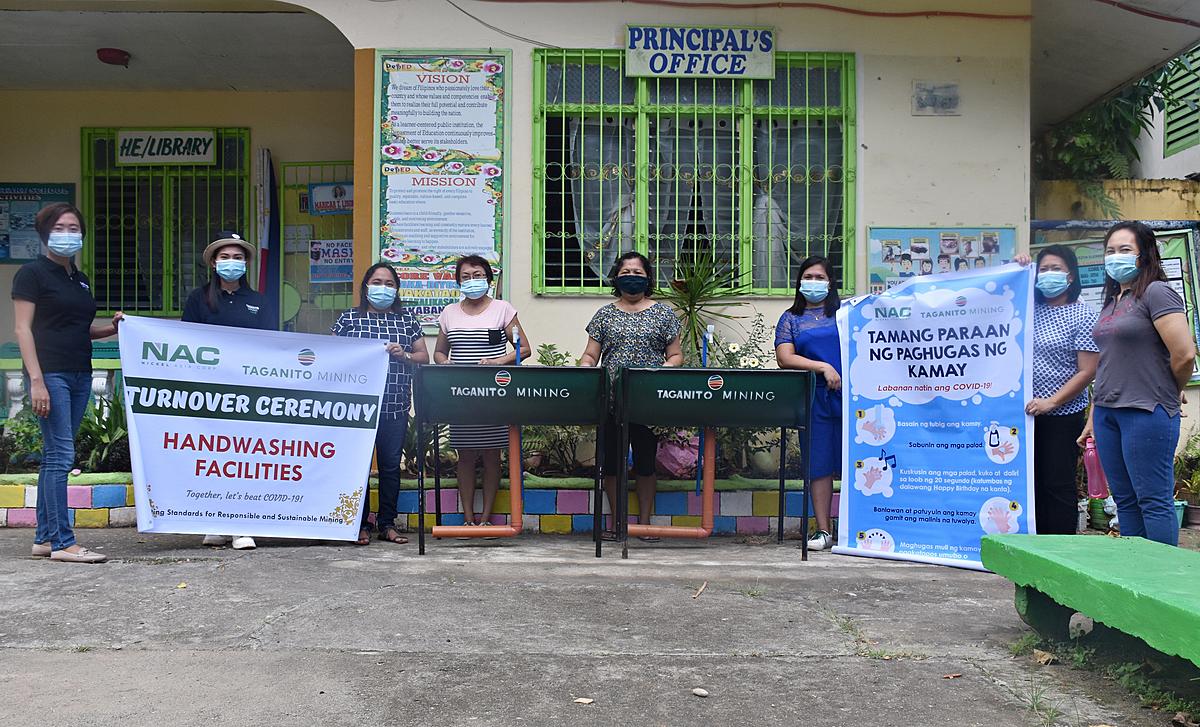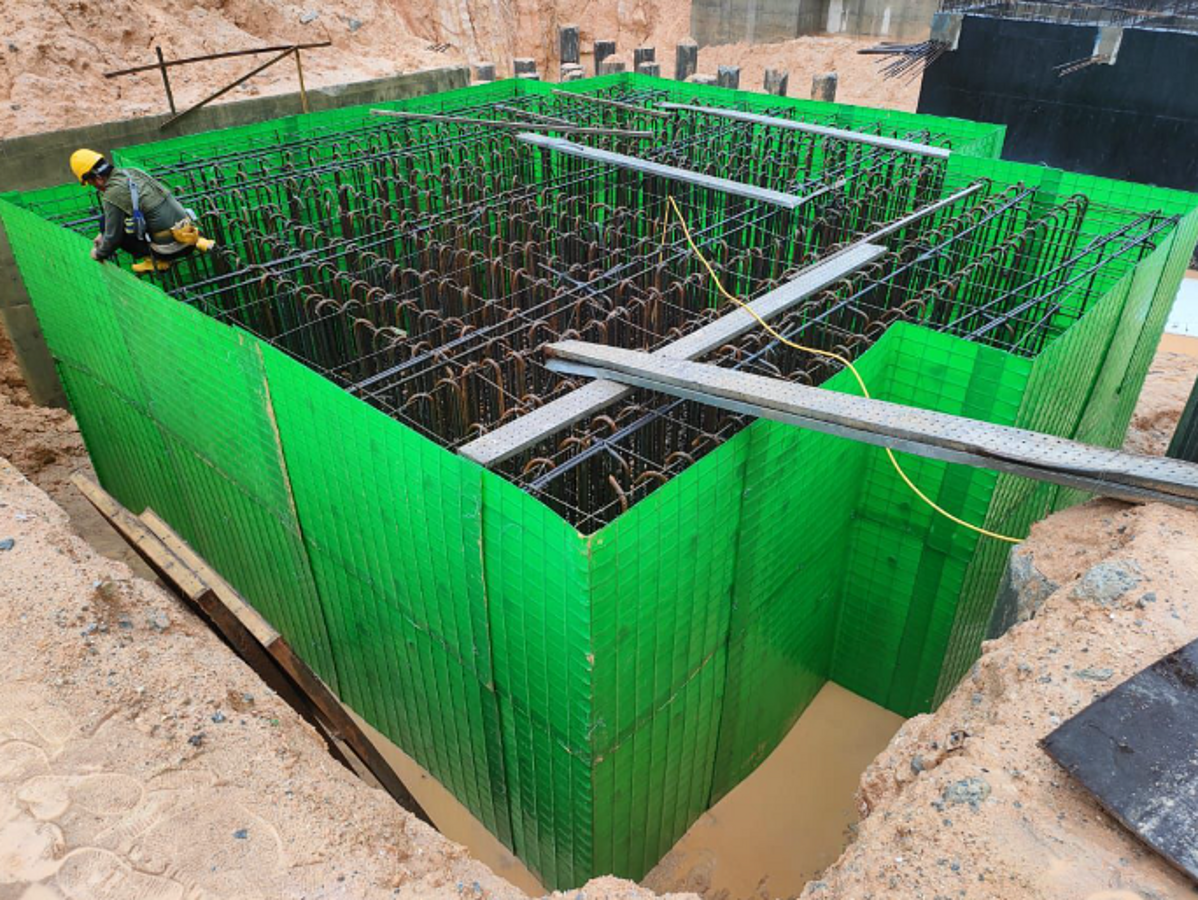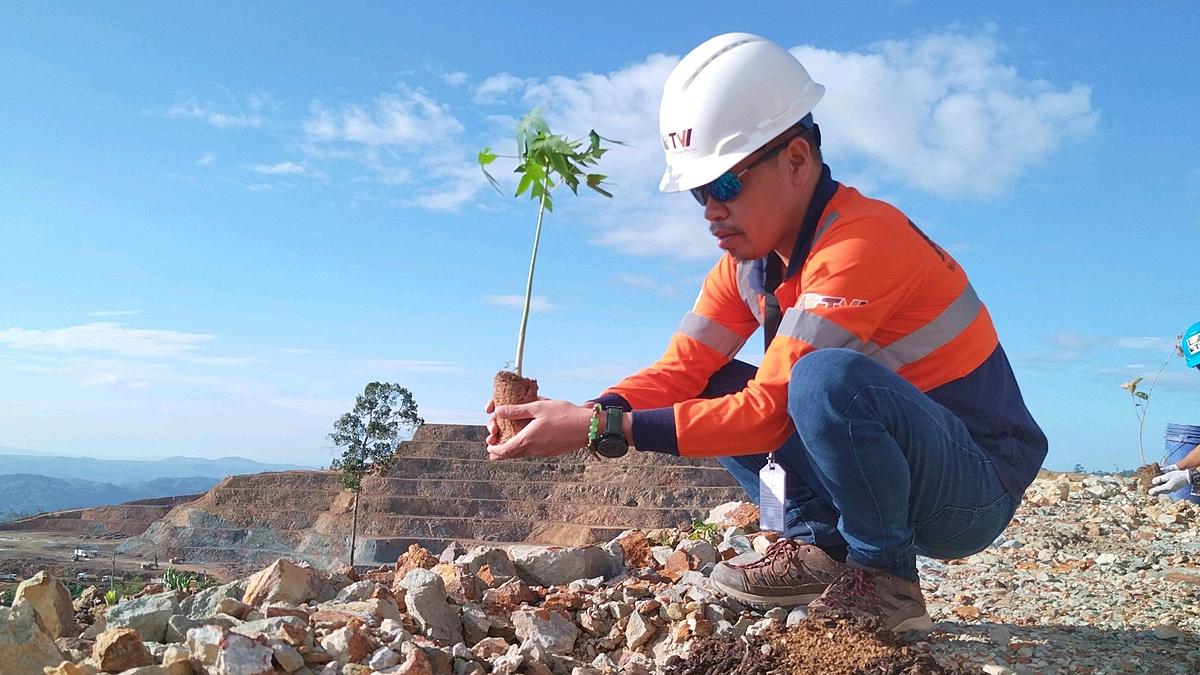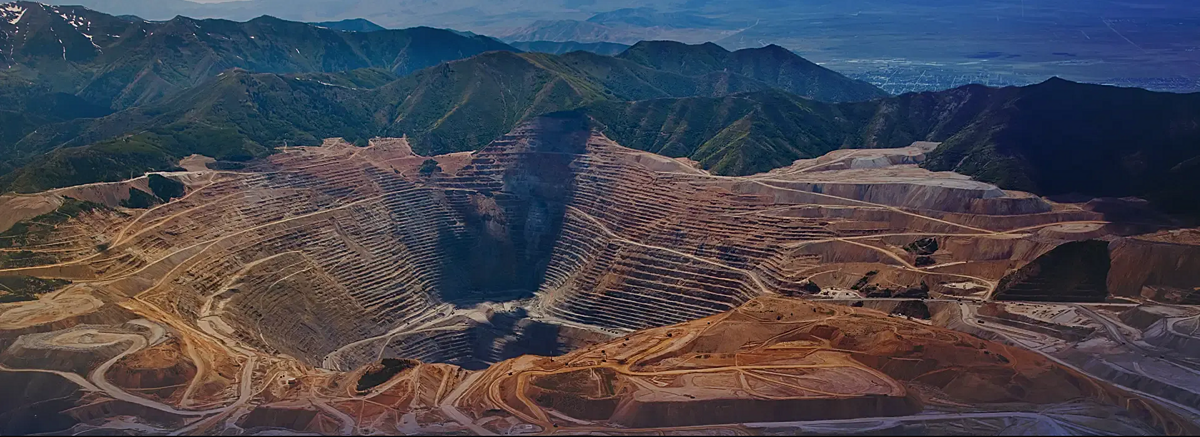By Brett McPhee
Suppose you wake up to the year 2085. How do you think the world will look like then? Chances are you will drive a flying car, go to work with cyborg workmates, and plan your holiday trips to outer space.
Given the speed of technological developments today, wild predictions like these are not too far-fetched. But what if you are a mining professional, what can you expect in the future? It is not hard to imagine bionic drillers, holographic site mapping, mineral mining in other galaxies, or even teleportation of rare elements to Earth.
No one can exactly tell if these will be realities. However, we can go back to the present time and get clues about the future of mining based on what is currently happening in the industry.
The Future of Jobs Report 2018 by the World Economic Forum reveals that, by 2022, there is over 60% probability that the mining and metals industry will adopt the following technologies: machine learning, big data analytics, new materials, cloud computing, and augmented reality. If this is the industry’s tech outlook, what does this precisely mean for the mining landscape? Here are three scenarios:
Mining Professionals Will Dig Deeper
The recent decades have witnessed an explosion in innovative tools available for mineral exploration. The U.S. National Research Council’s publication Evolutionary and Revolutionary Technologies for Mining cites tomographic imaging, GPS, and drones as examples of technologies currently applied to modern mining.
Miners will increasingly utilise these new technologies at an unparalleled pace. So, it is safe to say that technology will become an extension of the skilled miner rather than his replacement. We can now see this happening at several mining sites worldwide.
Earlier this year, Canadian broadcaster TVOntario featured Newmont Goldcorp employees in the documentary Mining in the Digital Age. In it, we observe how a veteran underground miner is above ground, digging remotely at the company’s Integrated Remote Operating Centre in Thunder Bay, Ontario. With some coordinated turning of the gear stick and foot pedals, the mining operator can move tonnes of earth, even if he is 500 kilometres away from the actual mining site.
On the other side of the globe, the Australian drilling and blasting services provider Ozland is similarly utilising tele-remote operating systems in conjunction with automated technologies. From a central command centre, Ozland can operate drilling equipment one day in Africa then operate another piece of drilling equipment in Australia from the same location.
As illustrated by the two examples above, the remote method allows operators to go at greater depths in excavation without the constraints of hazardous work conditions. With the aid of technology, operator safety and utilisation improve significantly. Furthermore, autonomy is creating a step change in mining in terms of safety and productivity. It is also enabling mining companies to significantly reduce process variances in their operations.
Evacuations for blasting are no longer required, lunch break stoppages are no more, inclement weather such as lightning does not stop the machine from operating on the surface. Operations in areas that would be considered too dangerous are also now achievable, with the risk of human injury now been removed.
This ability to accomplish colossal tasks in exacting environments is made possible and easier by fibre-optic lines, intelligent types of machinery, and other automation technologies.
Such merging of human dexterity and technology will be a mainstay in mining ecosystems. Miners, therefore, will have greater capacities to operate at scale without sacrificing their health and safety.
Mining Professionals Will Train Smarter
Of course, with new technologies come new challenges.
Over 50% of the mining companies surveyed in The Future of Jobs Report 2018 identified skills gap as one of the top barriers to their adoption of new technologies. Clearly, for a successful human-technology collaboration to occur, reskilling and training should be pursued.
Which brings us to the question: How do we equip the mining professionals of today and of the generations to come given this technological flux?
The following case study may provide insight:
Explosives giant Orica is at the forefront of blasting innovation and technology. They are also specialising in providing ground support services for mining and tunnelling.
Orica’s competitiveness in the business stems from its commitment to continuous development not only of its products but more importantly, of its people.
Orica partners with Site Skills Training in the skilling of its mining services personnel. This training partnership has been instrumental to the advancement of the staff in Orica.
Using state-of-the-art simulation facility and immersive learning environments, Orica and Site Skills Training prepare novice and experienced candidates alike for the demands of the industry.
Recently, Orica’s nine newly hired Mongolian employees underwent this kind of training. For three weeks, the Mongolian trainees got in-depth exposure to the workings of the underground mining industry, as a prerequisite to their subsequent integration to Orica’s site operations in Mongolia. Their hands-on training included practicals at Site Skills Training’s purpose-built 10,000sqm underground mine simulator. On top of this, the trainees also travelled to notable mining sites in the Philippines for industry benchmarking purposes.
The trainees visited OceanaGold Philippines in Didipio, Nueva Vizcaya and APEX Mining in Cebu where they further trained and put into application their previous learnings.
Naturally, there will always be concerns on safety when we talk about handling explosives, and this is precisely why Orica keeps on exploring creative ways for effective and safe training methods. One of the ways Orica does this is by leveraging eLearning methods with their current training programs.
In the thick of all things modern training is Site Online Learning, the eLearning arm of Site Skills Training.
Site Online Learning is helping large local and multinational companies—mining organisations included—to transition from conventional forms of training to new approaches in instructional design.
Site Online Learning offers scenario-based online courses, software simulation, explainer video, and game-based solutions to address the various training needs of modern learners.
Among Site Online Learning’s clients are mining and other energy sectors which collaborate with them in producing scenario-based modules for workforce development. The scenario-based module places trainees in virtual environments that replicate their actual job sites. In these settings, trainees will then be presented with familiar work situations and challenges wherein they need to act and decide according to safety standards and protocols.
This is just one facet of digitalisation in mining education. We can see it heading soon towards the integration of augmented and mix reality in all levels of training contact. As these technologies become more accessible, their application in training programs will be more affordable and sustainable.
Traditional face-to-face training will still hold merit, but we can expect more of it converted into digital learning formats and implemented side by side with other offsite blended learning environments.
Eventually, the pool of mining professionals will be largely composed of digital natives, and this means the rate at which technology will be consumed for work and learning will be faster, more organic, and more interactive than we can ever imagine.
Mining Professionals Will Be More Human
The anxiety on robots taking over humans is a staple in science fiction narratives. Yet this theme of dread is now running in today’s headlines, too. Tesla CEO Elon Musk even warns us that robots will be able to do everything better than us.
Should we be worried? If we are to consult again The Future of Jobs Report 2018, it appears that by 2022 there will be a 4% to 6% increase in the task hours of machines and algorithms for the mining industry. This does not mean mining professionals will be slowly or outright replaced by artificial intelligence—it only means that there will be a shift in industry roles and skilling needs.
Despite some ominous prophesies, mining professionals will continue to thrive in the digital age and beyond. With all these efforts to modernise mining practices, mining professionals will have the distinct advantage of becoming skilled and technologically savvier. Regardless, what will make them and other professionals for that matter more valuable is the human’s inherent critical thinking quality.
While we cannot absolutely control what will come about in the years ahead, one thing is for sure—we can prepare for it. That is exactly why training remains relevant. Training encourages critical thinking and prepares the workforce of today to be adaptable to the imminent changes and challenges in the future.
Brett McPhee is the General Manager of Site Skills Training-Philippines.
Site Skills Training (RTO 32531) delivers training programs tailored to the needs of mining, oil & gas, construction, and engineering industries. Its sister company Site Online Learning delivers digital training solutions designed for modern learners. Both Site Skills Training and Site Online Learning are subsidiaries of the ASX-listed company Site Group International Limited (Site).
-----------------------
References:
·
· https://www.cnbc.com/2017/07/17/elon-musk-robots-will-be-able-to-do-everything-better-than-us.html
· http://www3.weforum.org/docs/WEF_Future_of_Jobs_2018.pdf
· https://www.tvo.org/video/mining-in-the-digital-age
· https://www.nap.edu/read/10318/chapter/5
· National Research Council. 2002. Evolutionary and Revolutionary Technologies for Mining. Washington, DC: The National Academies Press. https://doi.org/10.17226/10318.
· https://www.ibtimes.com/ar-vs-vr-why-augmented-reality-has-definite-advantage-2565824
· http://australianminingreview.com.au/the-latest-technology-promotes-safe-and-professional-services/
· http://ph.siteonlinelearning.com/

